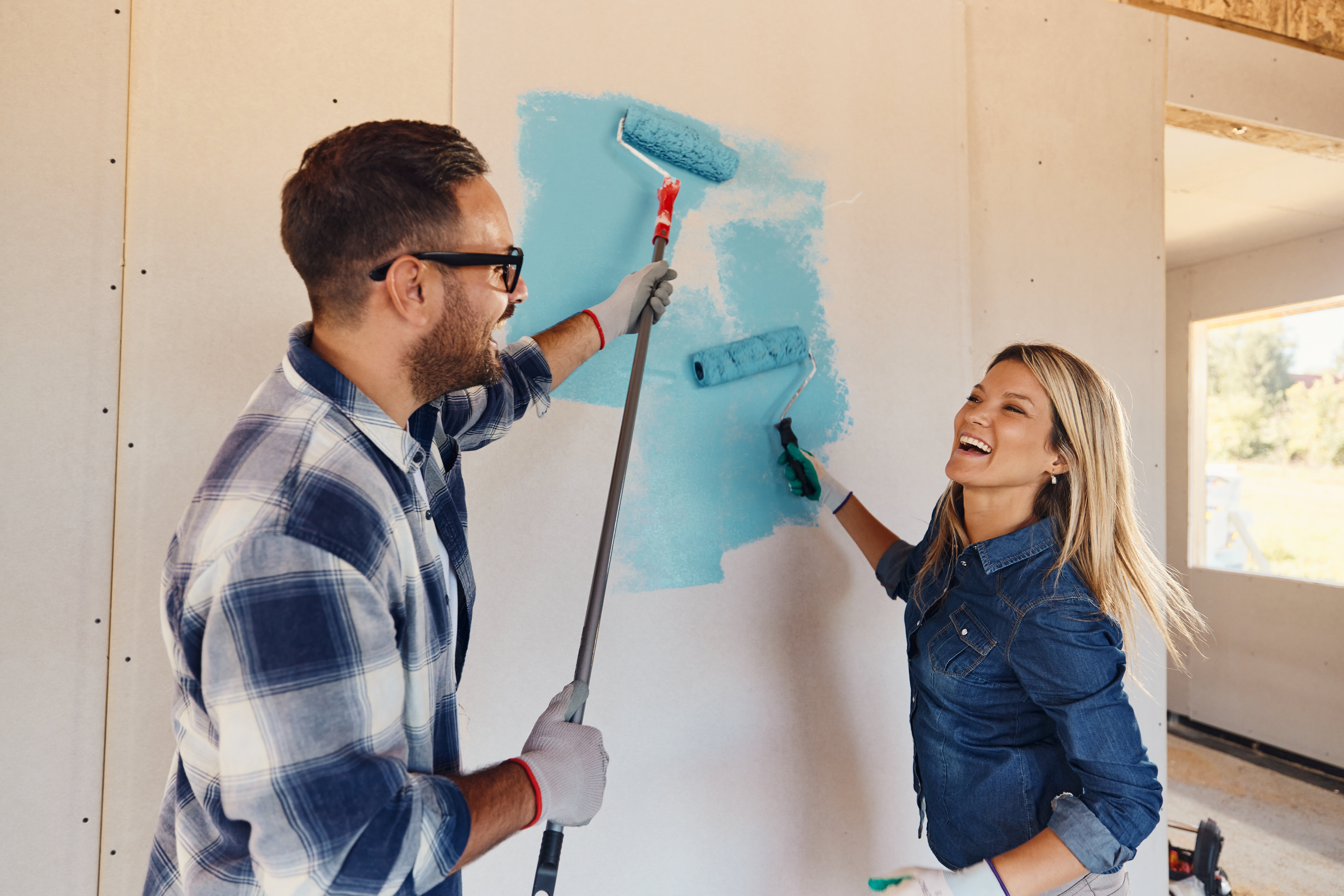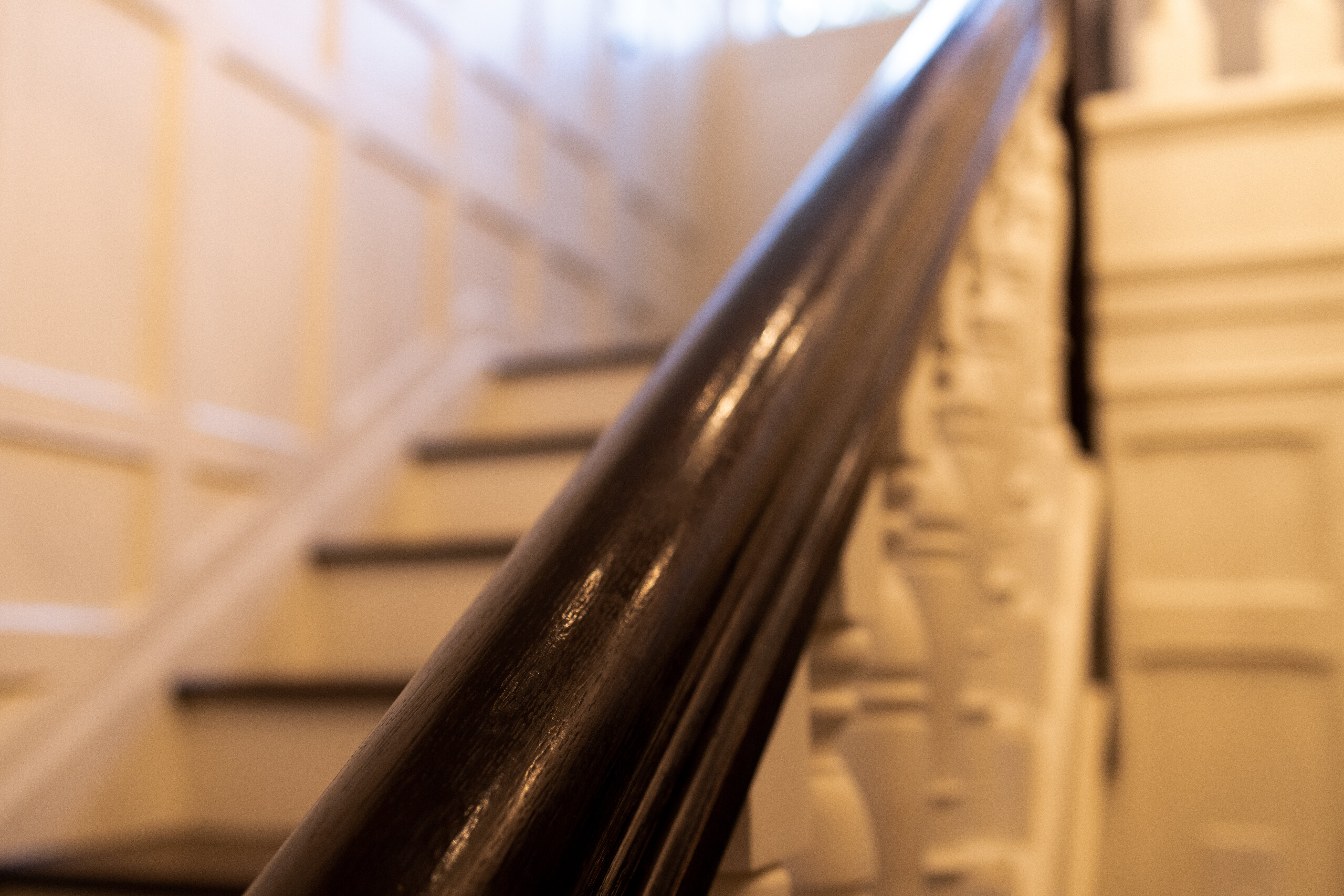Until I bought my own home and subsequently could paint walls for the first time in my life, I was convinced I could nail painting my home by myself. “How hard can it be?”, I asked myself as somebody that can’t even paint her own nails without smudges.
Now, I can tell you, it’s hard. There are so many ways it could go wrong and so many ways it DOES go wrong. Going into it without any knowledge of how to properly paint your home can put you in hot water or at least paint-stained clothes and floors.
HuffPost UK spoke with paint and interiors expert, Anjelica Delfino from Valspar Paint to learn which crucial things you should know before painting your walls.
The 4 mistakes people make when painting walls in the home
Not inspecting the walls before painting
Delfino said: “The quality of the finish is determined by more than just how you apply the paint. Preparation can have a big impact on the quality of your final look. The more care put into preparation, the better the finish will be.”
He recommended that people first inspect the wall for damages that may need repairing. These can include small holes, chipped plaster, hairline cracks or scratched woods.
He added: “Basically, look for any issues that will cause problems for the paint. There are plenty of fillers out there to help you fix these issues, creating a perfectly smooth surface to work from, all you need to do is choose the relevant one.”
Choosing the wrong paint for the room
Delfino advised: “You can do all the prep in the world, but if you’re using poor quality paint, the finish won’t be as long-lasting or high-quality as you hoped.
“Pick a paint that’s suitable for your project and make sure to spend a good amount of time considering different paint options.”
As an example, he said that bathroom and kitchen paint are both designed to withstand steam and condensation, making them easier to clean.
Using the wrong tools
Of course, if the paint can make a difference to the overall finish, the quality of your tools can, too.
Delfino said: “There’s no pressure to buy professional tools, but it’s recommended that you don’t settle for cheap ones either. Poor quality brushes may shed bristles which can get stuck in your paint and dry into the wall.
“While it’s not an ugly problem, it is an annoying one, and could lead to you having to repaint further down the line. Poor quality rollers may also not pick up enough paint which can leave the finish patchy and streaky.”
Maybe mid-range tools if you’re on a budget? Can confirm that I ruined my garden chairs by using cheap rollers. I don’t ever learn from my mistakes, no.
Not cleaning up after yourself
Properly cleaning and maintaining your tools makes a big difference to future projects.
Delfino said: “When you’ve finished a job, scrape off excess paint from the brush or roller. Remove as much as you can and then rinse it in a bucket of warm soapy water.”
Top tip: If you’re halfway through a job and still need to use the brush or roller the next day, wrap it in cling film or put it in an airtight sandwich bag. This will prevent the paint from drying out so you can easily use the tool the next day.
Easy!






